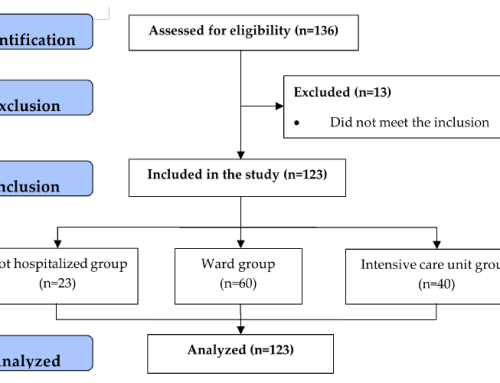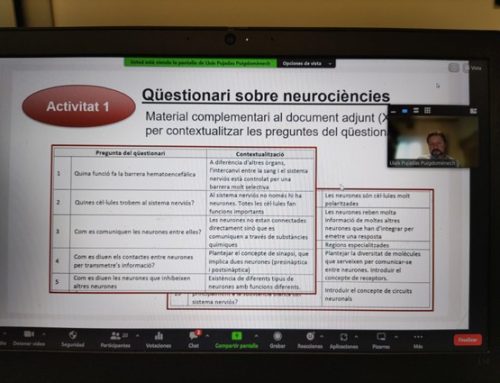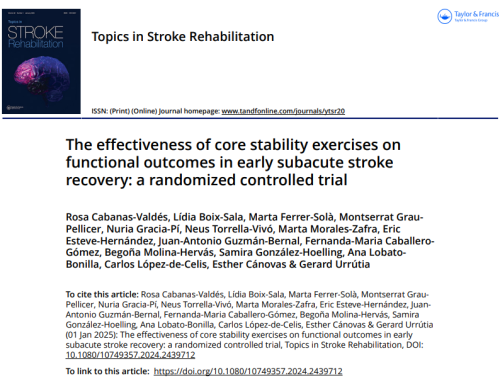ARTICLE. Sevilla-Sanchez D, Espaulella-Panicot J, de Andrés-Lázaro AM, Torres-Allepuz R, Soldevila-Llagostera M, Codina-Jané C. Rev Esp Geriatr Gerontol 2012;47(4):155-157.
Abstract.
Introduction: In older people some drugs are classified as potentially inappropriate and some tools have been developed to help to prescribe correctly, such as the “Screening Tool of Older Persons’ potentially inappropriate Prescriptions” (STOPP) and the “Screening Tool to Alert doctors to the Right Treatment” (START) criteria. The aim of this study is to determine the prevalence and advice on the usefulness of these criteria in a medium-stay unit of a geriatric hospital.
Materials and Methods: A 6 month prospective cross-sectional study was designed. A clinical pharmacist verified the accuracy of the medication according to STOPP & START criteria on admission. Treatment discrepancies in the previous 3 months were validated with two geriatricians.
Results: A total of 134 patients were included over the 6 months, with a mean age 82.02 years, 70% female and an average of 11.38 drugs/patient. We recorded 260 possible drug-related problems detected by STOPP & START criteria, and those affected 76% of the patients. The most frequent were the group of drugs contraindicated in risk of falling patients and the cardiovascular group. We considered 24.36% STOPP criteria and 54.41% of START criteria as valid.
Conclusion: STOPP & START criteria are useful tool to detect possible drug-related problems in a medium-stay unit in a geriatric hospital. However, under common clinical practice conditions, its validity may vary depending on the specific features of people attended, as well as the time of application.












Leave a Reply